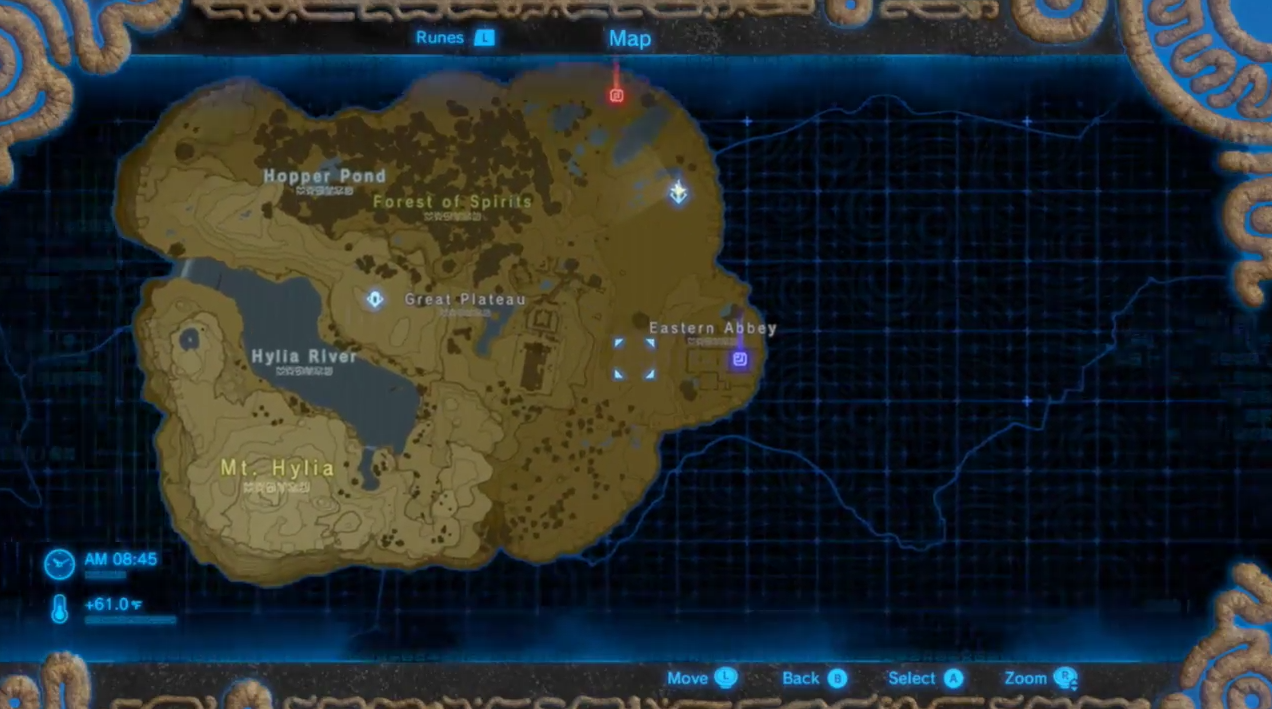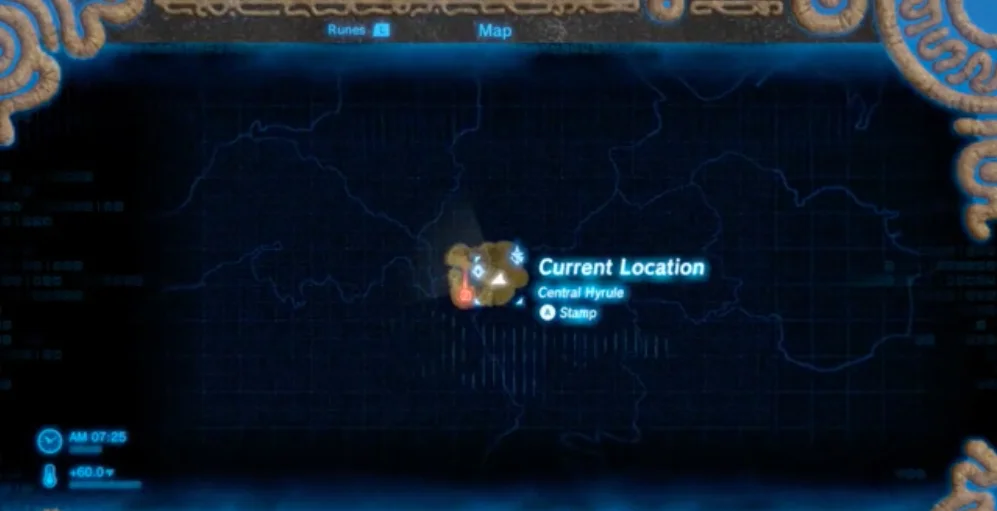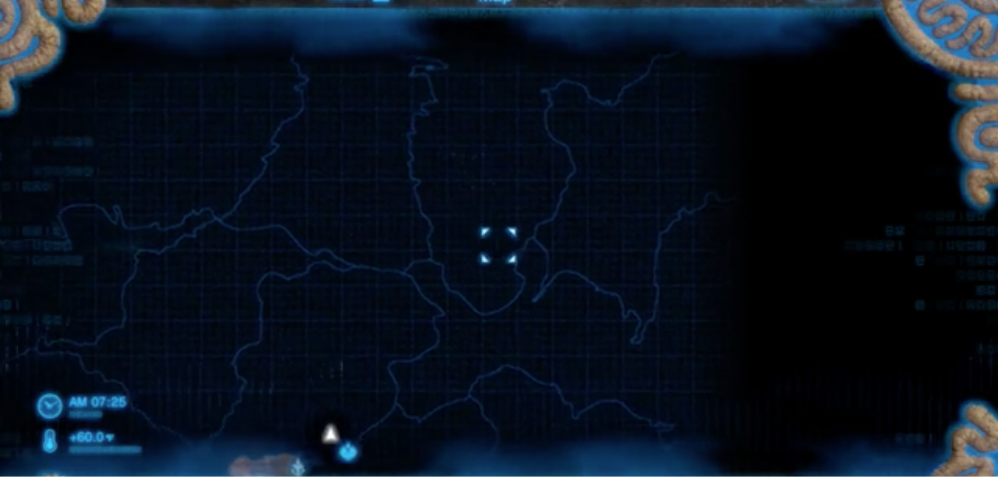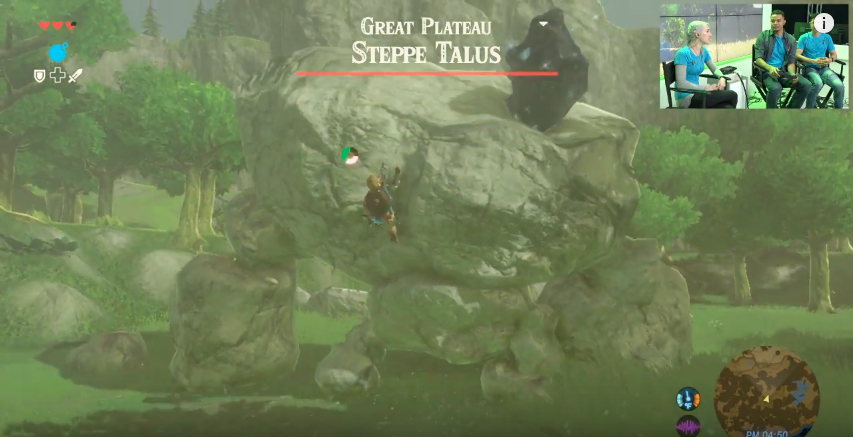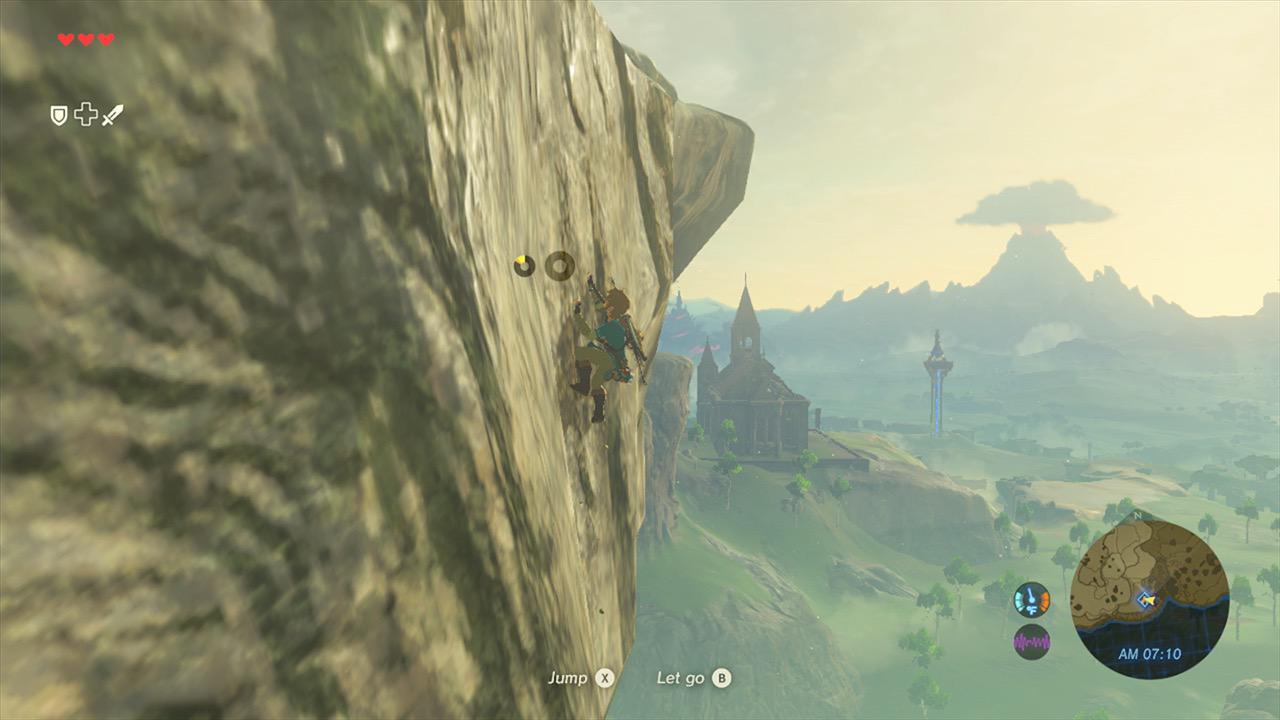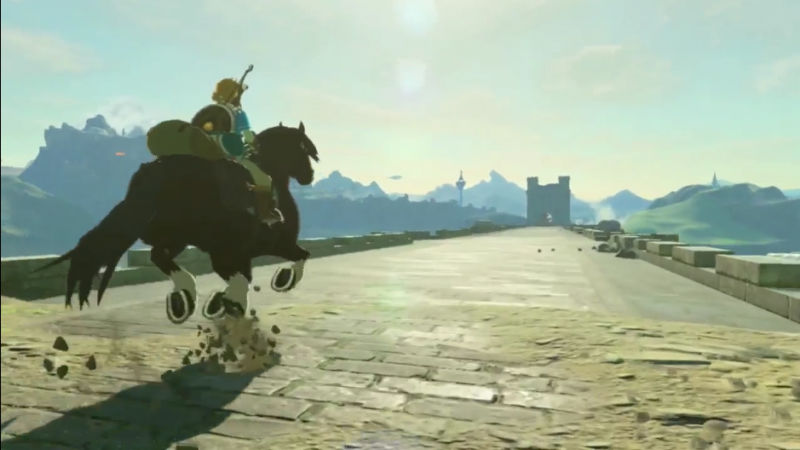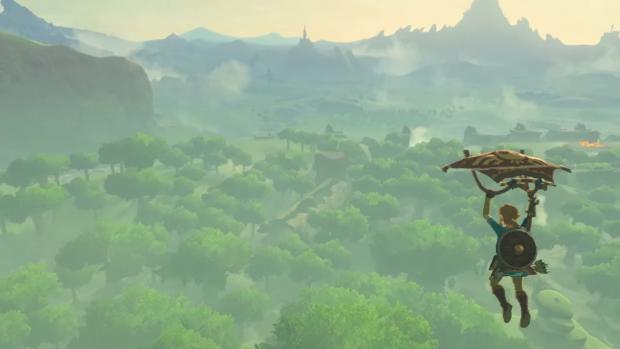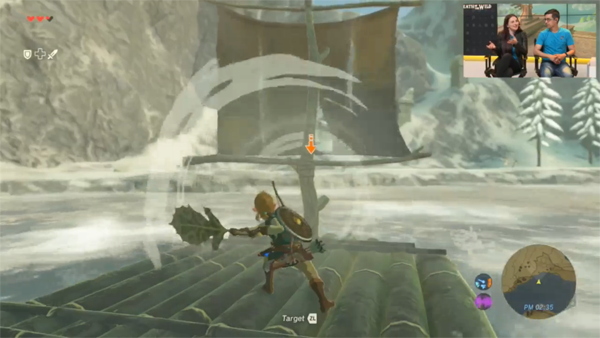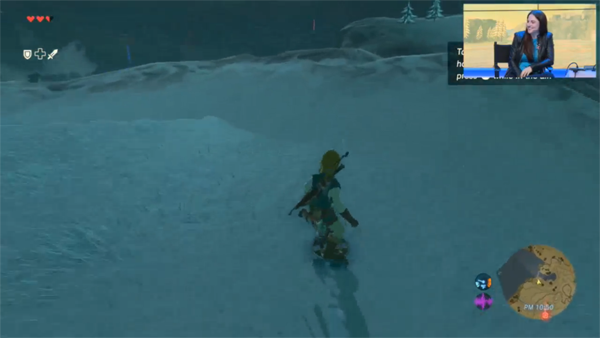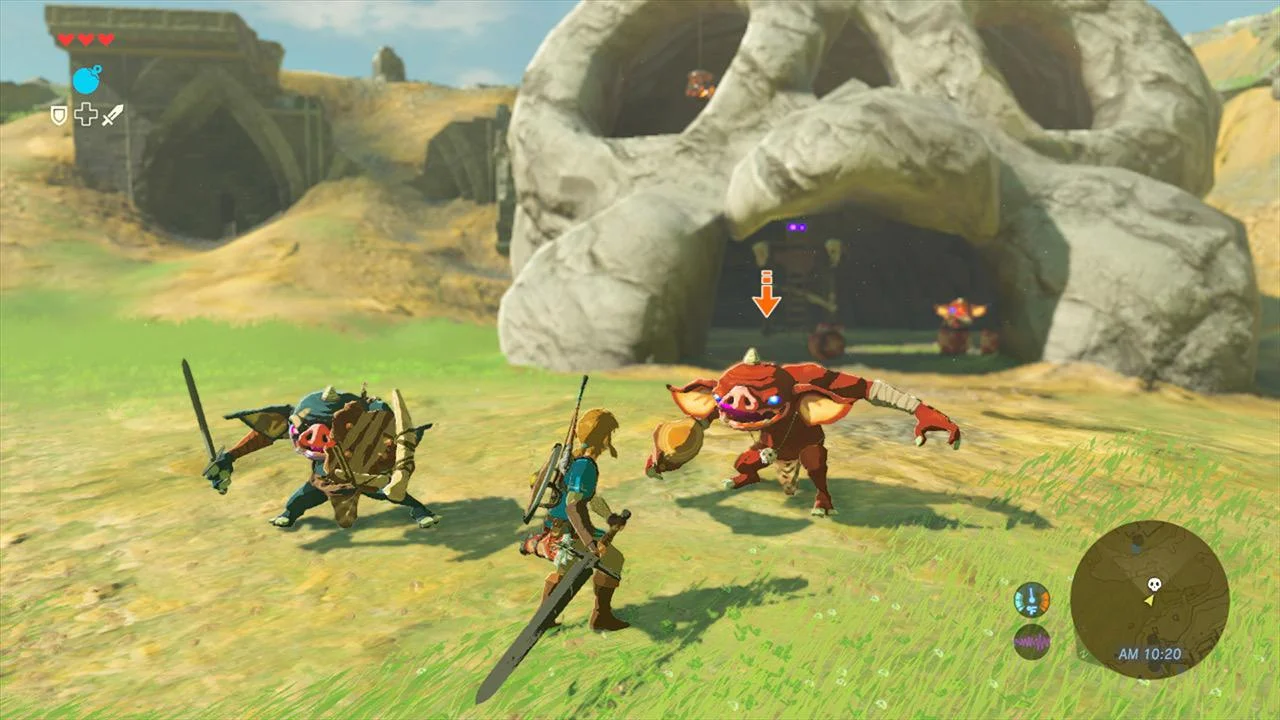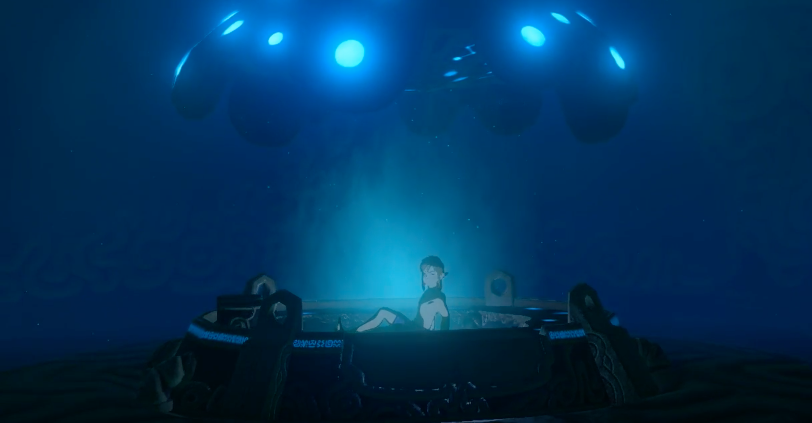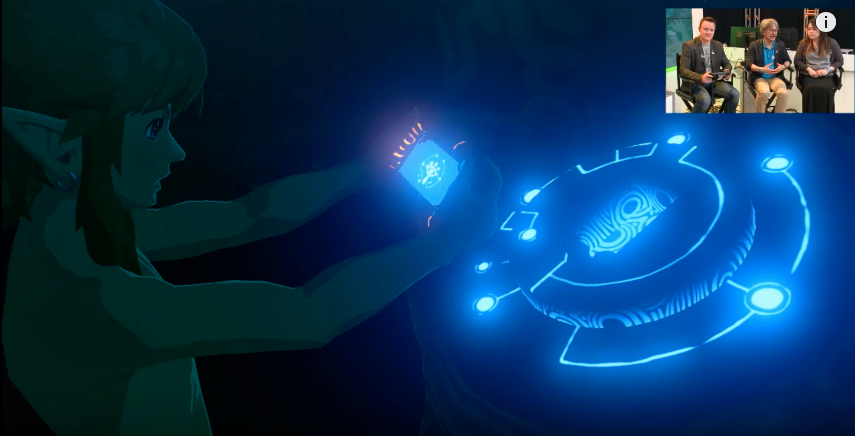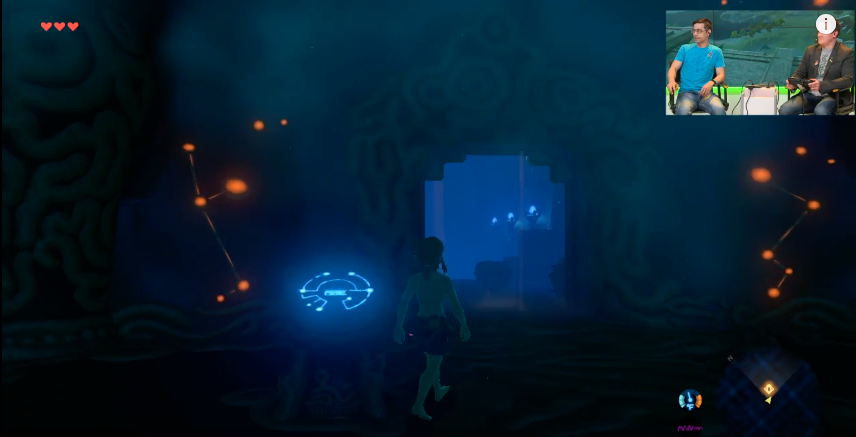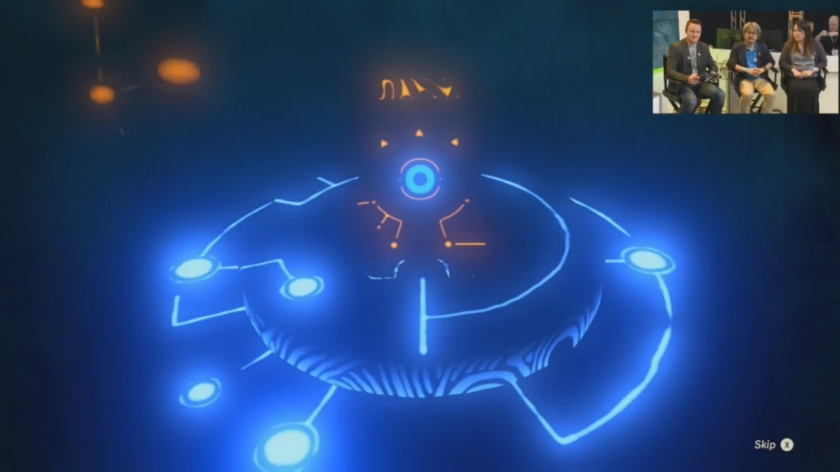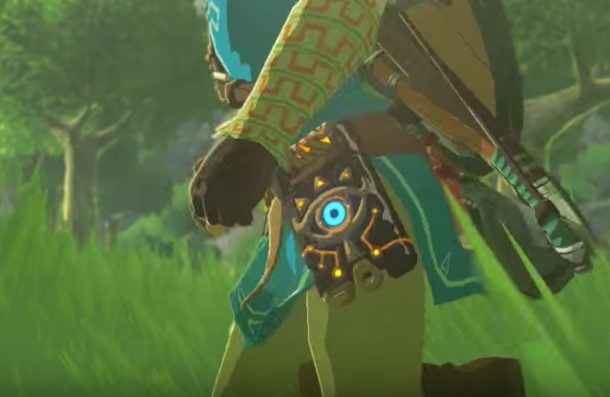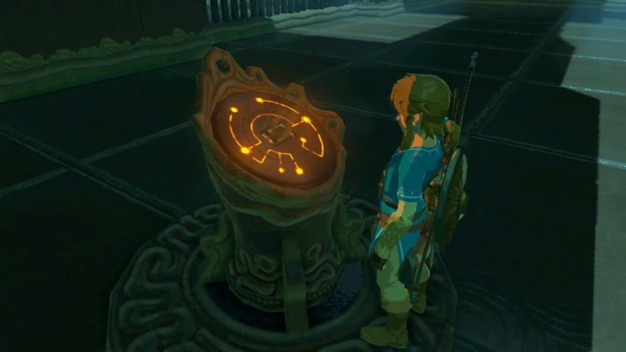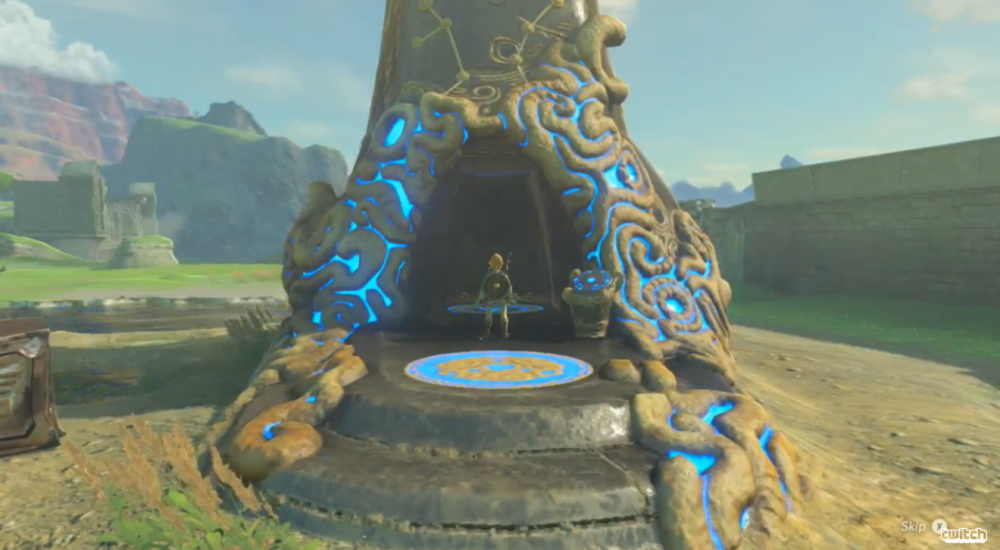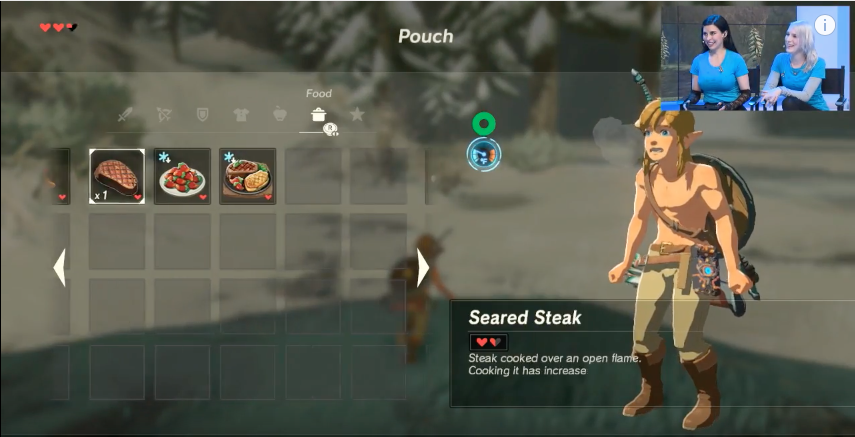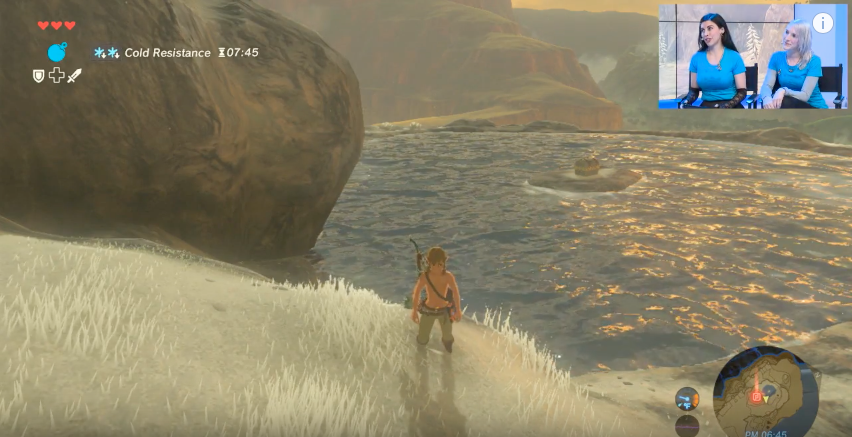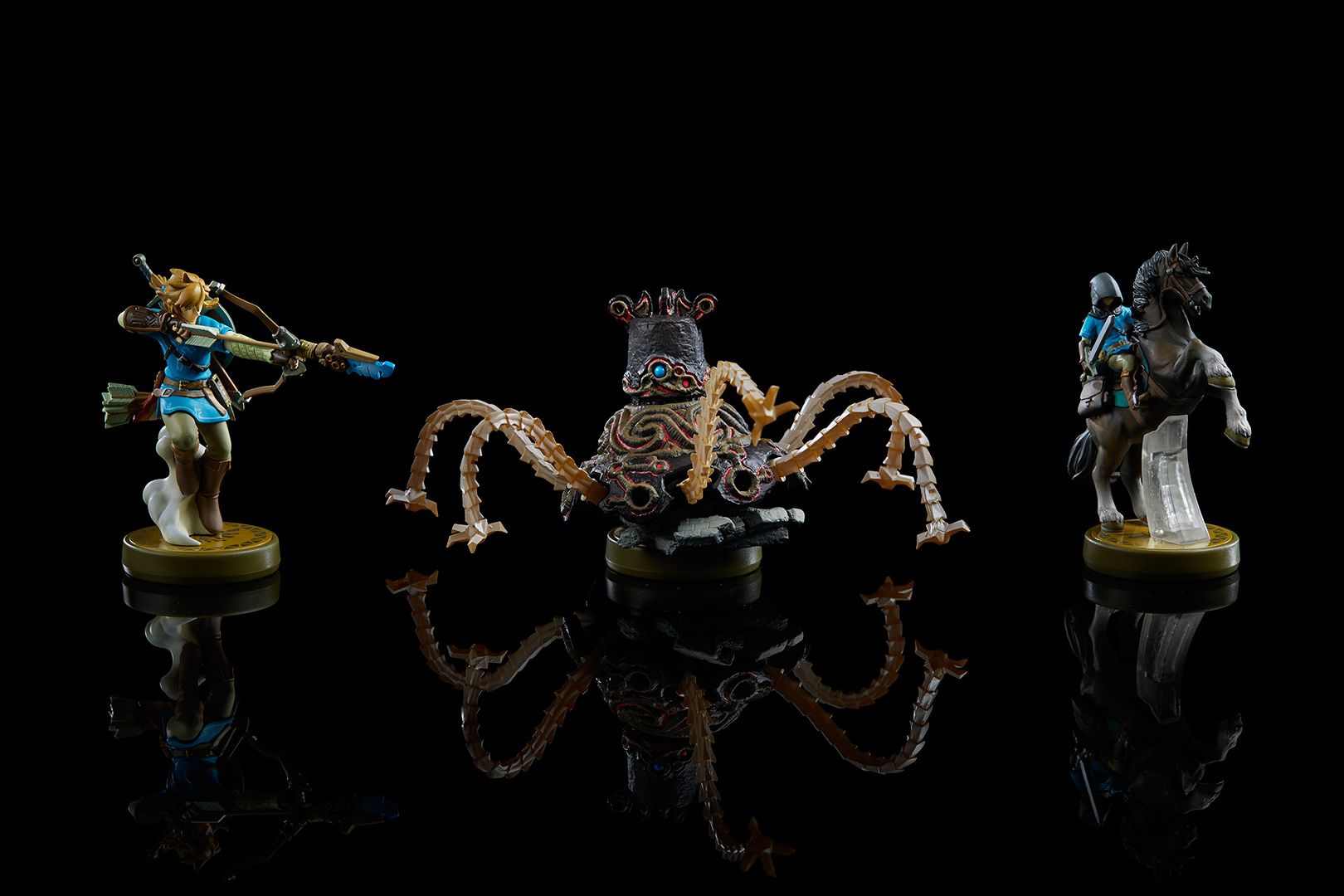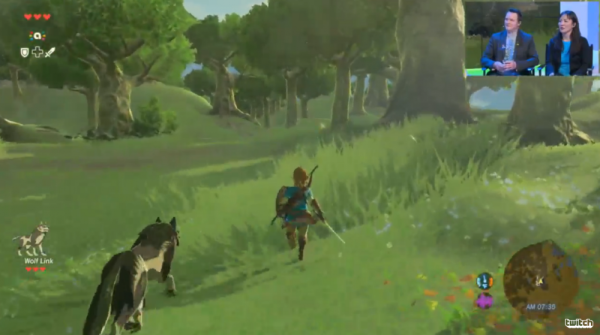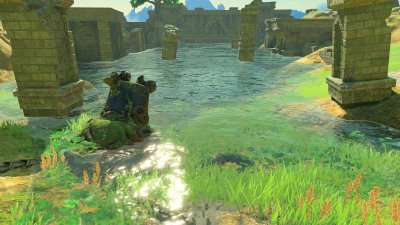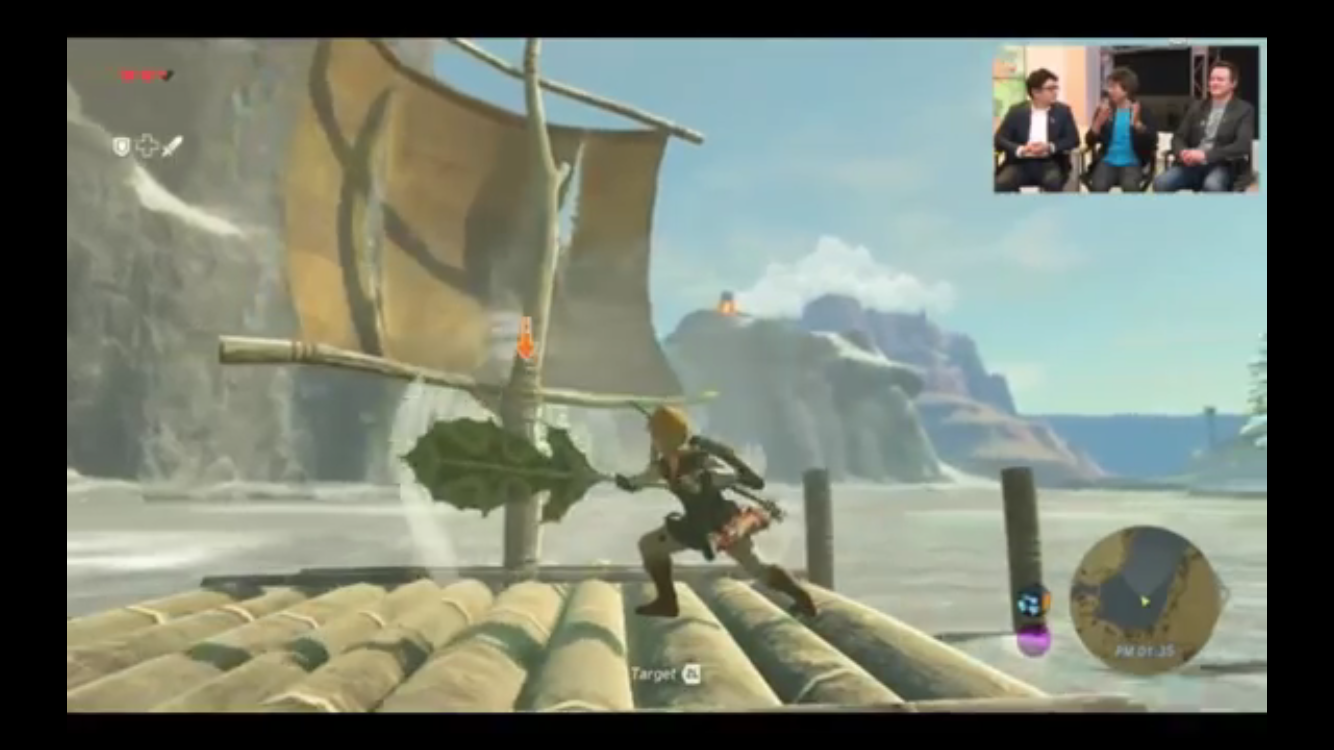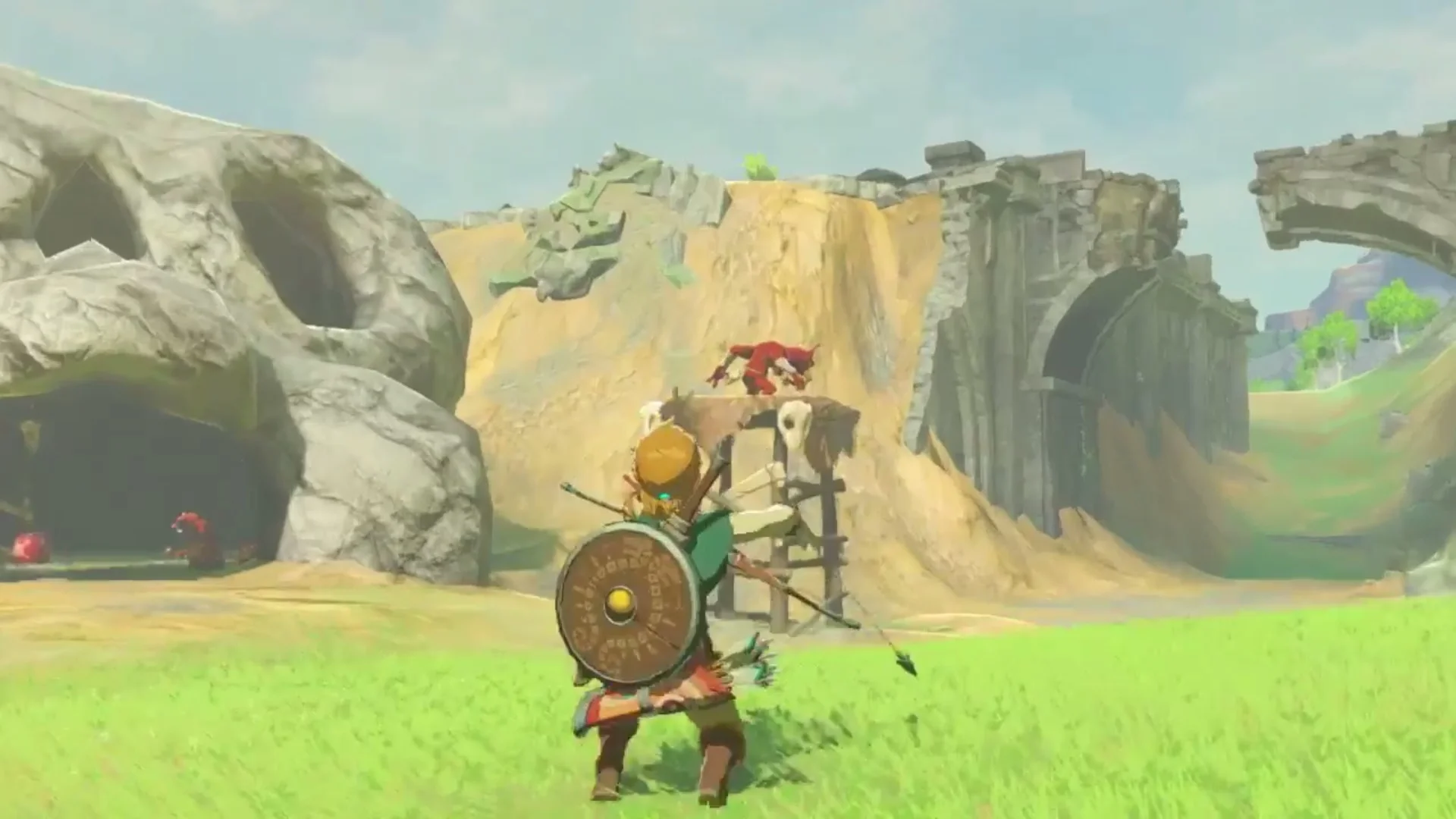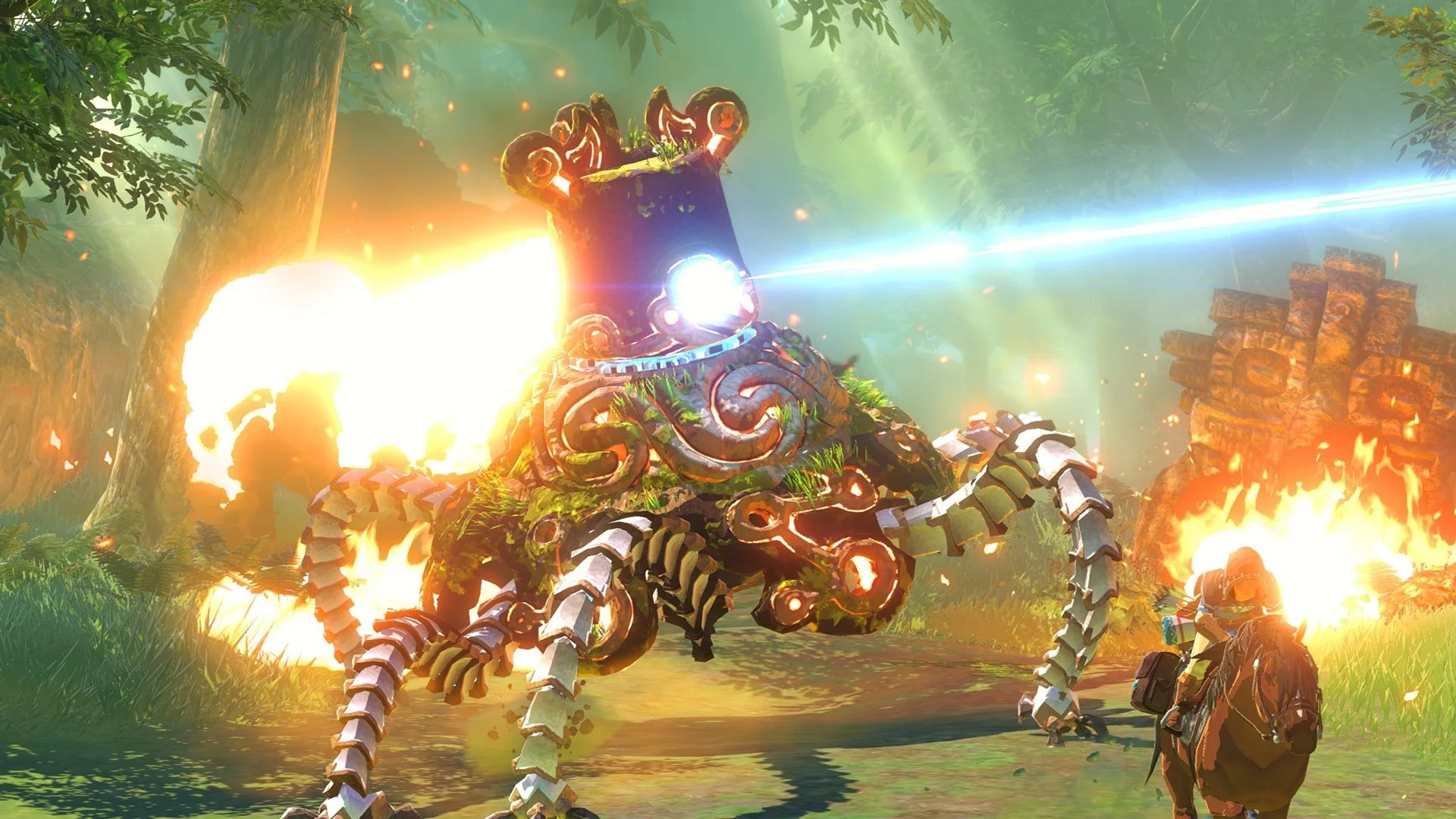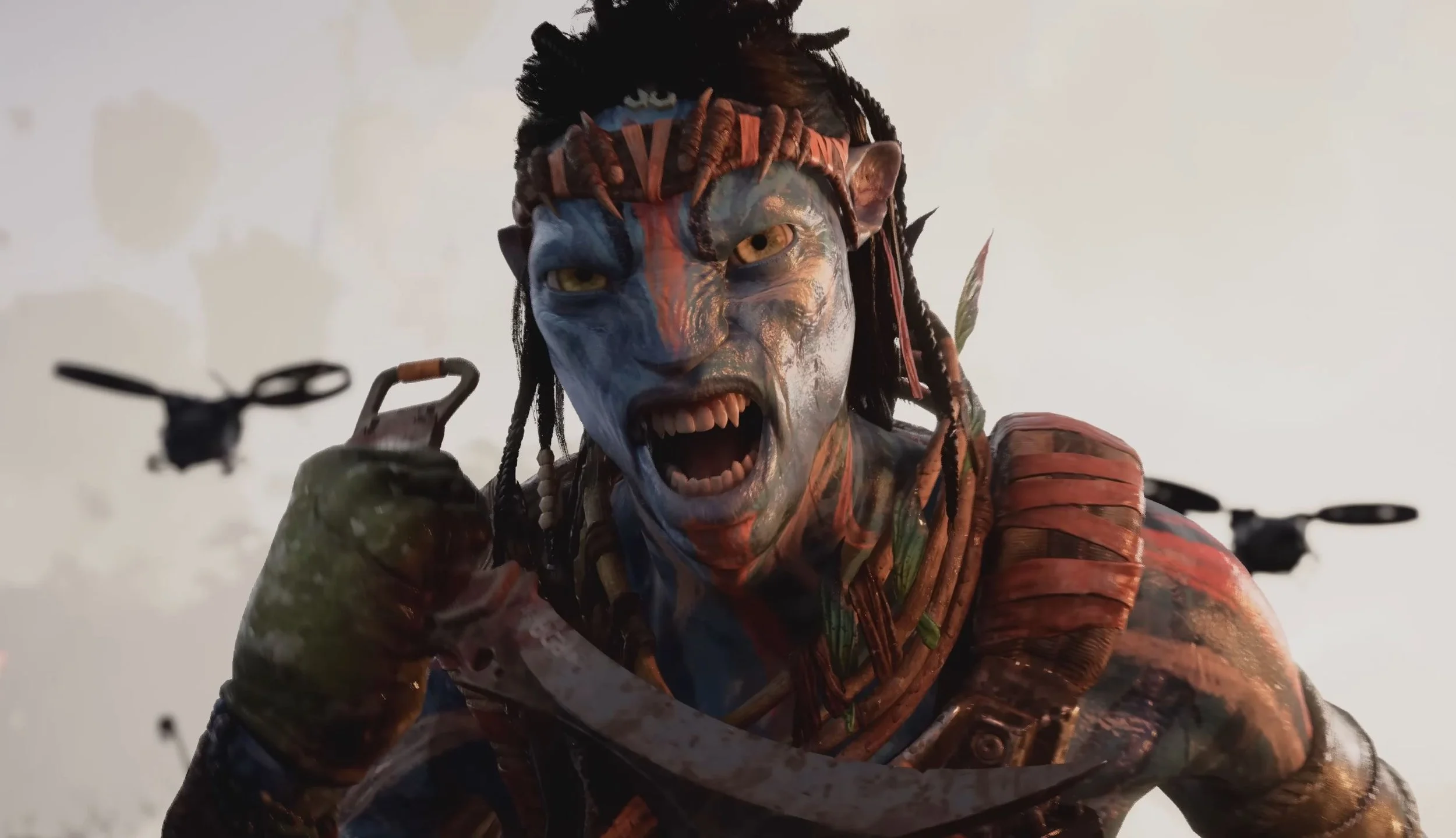Nintendo’s 2016 Treehouse Live from E3 conference has been a monumental event for both the company and Zelda fans alike, as the world rejoiced and celebrated the tremendous gameplay reveal of the highly anticipated Zelda for Wii U, now officially titled, The Legend of Zelda: Breath of The Wild.
While there's no official release date, the game is set to come out in 2017 as a simultaneous release for Wii U and the Nintendo NX. Fret not though because Producer Eiji Aonuma has already commented that there will be no tangible differences between the two versions. Also, and probably related to this dual release, players won't be restricted to having to use the Wii U GamePad and will have the option of using the Pro Controller instead.
Breath of the Wild has set off to bend and break many of the series’ conventions, while still remaining firmly planted within its legendary heritage. Not only does this game seem to be the open world Zelda that fans have been clamoring for but it also integrates some of the most beloved aspects of previous games in the franchise, all of which can be appreciated from the first minutes of gameplay.
The E3 demo showcased all the core gameplay elements of Breath of the Wild and managed to do so in a large plateau area in Central Hyrule that encompasses less than 2% of the game's total playable area. For comparison, the full map is estimated to be twelve times the size of The Legend of Zelda: Twilight Princess.
Another aspect that can be appreciated in the mini map is that it provides a topographical view which will be essential in planning routes as you traverse the vast landscape of Hyrule. To the contrary of earlier reports, players will encounter towns or settlements in Breath of the Wild, but none will be shown during E3 gameplay. Breath of the Wild emphasizes the freedom in free-roaming as it truly encourages players to explore the world however they see fit regardless of which direction they take even if it's vertical in nature. In this game you will be able to scale cliff sides, towers, mountain peaks, buildings, trees, and more. Once the player selects their target destination they'll be able to plunge into the world and reach it whichever way possible.
This also includes utilizing several methods of transportation be it on horseback, hang glider, raft, or shield-surfing.
The theme of freedom extends not just to world exploration but also to how one may approach enemy battles, solve puzzles, beat dungeons, and traverse through shrines. As an example, you can gauge your footstep sound levels by using the purple sound wave at the bottom of the screen and approach enemies either in stealth mode, from a distance, by using explosives and the immediate environment in general, or by traditional close-range combat. The gameplay videos demonstrate how flexible the game is in adapting to and allowing different players to use their own unique play-styles as they approach the same problem. In short, there is no wrong or right way to accomplish something in this game, and even those goals seem to be put in place by the player.
Although enemies will come in all shapes and sizes the demo showcased mostly groups of enemies such as Keese, Stalfos, and Bokoblins, and even though they are low level enemies, you begin the game at a level even lower than them.
As tradition dictates, the opening scene shows us that Link has just woken up from a very deep sleep, semi-nude, and in some sort of stasis chamber located within a high-tech vault highly reminiscent of Fallout.
Similarly, he is without any protective clothing and completely unarmed. Instead of a Pip-Boy he finds a handy dandy tool called the Shiekah slate which can be used in a multitude of ways depending on what skills you download into it at one of the over one hundred shrines located throughout Hyrule.
There's no particular order in which these shrines have to be explored and within them you will be faced with a variety of puzzles that will ultimately reward you with new skills and special items. However, your ability to explore will be impacted by how creative and proficient you are at utilizing any given skills.
The weapons you can obtain are many and range from a simple stick to short swords, long swords, bows, remote explosives, the arms of fallen enemies etc. The way you obtain these weapons is by exploration of every nook and cranny for treasure and from the weapons dropped by any defeated enemy. A limited number of weapons can be carried at a time but deciding which weapons to take won't be difficult given that attack power will vary from weapon to weapon and they will all wear-out due to use.
No crafting system was shown for weapons but there is a certain degree of crafting when it comes to the hunting and gathering game mechanic, after all one of the central themes of this game is survival. Food such as fruit, vegetables, and even insects can be gathered from the natural environment or be found in containers scattered across the land, or at enemy campsites. Animals can be hunted and used for meat. Although you won't need to consume food items to maintain health you will be able to use them to regain health, stamina, and to protect from or heal status effects. Furthermore, items can be combined at cooking stations in order to create more potent items and potions with advanced functions. There's no particular guide for this so there's a lot of exploration to do in this regard.
The weather in Breath of the Wild is an independent force to be contended with and one that will influence the player's ability to explore any particular area. Climate will be affected depending on factors such as altitude so that areas like mountain tops will have a freezing temperature while deserts will have exceedingly hot temperatures, either way, Link will have to be outfitted with the appropriate clothing to survive. There are other ways of dealing with these obstacles and it's up to the player to decide on what works best, for example you can run around in the snow in your underwear as long as you're near a heat source like a bonfire or a torch, but alternatively you can also gain protection from the cold by eating an item that is marked as effective against that particular status effect, such as a dish made out of cooking five hot peppers and a steak.
Unlike in previous games Link will have no adventuring companion, at least not in the traditional sense, which is where amiibo compatibility comes into play. Players who own the Wolf Link amiibo will be able to summon him once per day as an independent ally to fight enemies and to aid in hunting. Additionally, three game-specific figures have been announced thus far: Archer Link, Rider Link, and The Guardian. See here for additional amiibo details.
Despite providing extensive demonstrations of gameplay, Nintendo was very careful to not spoil any story-related elements. Even then, whatever we have seen suggests that this game may take place in a post-apocalyptic world some undetermined period of time after the Wind Waker as evidenced by a dilapidated Hyrule as well as the presence of Koroks and the Deku Leaf.
Stay tuned for more details as E3 continues to unfold.

